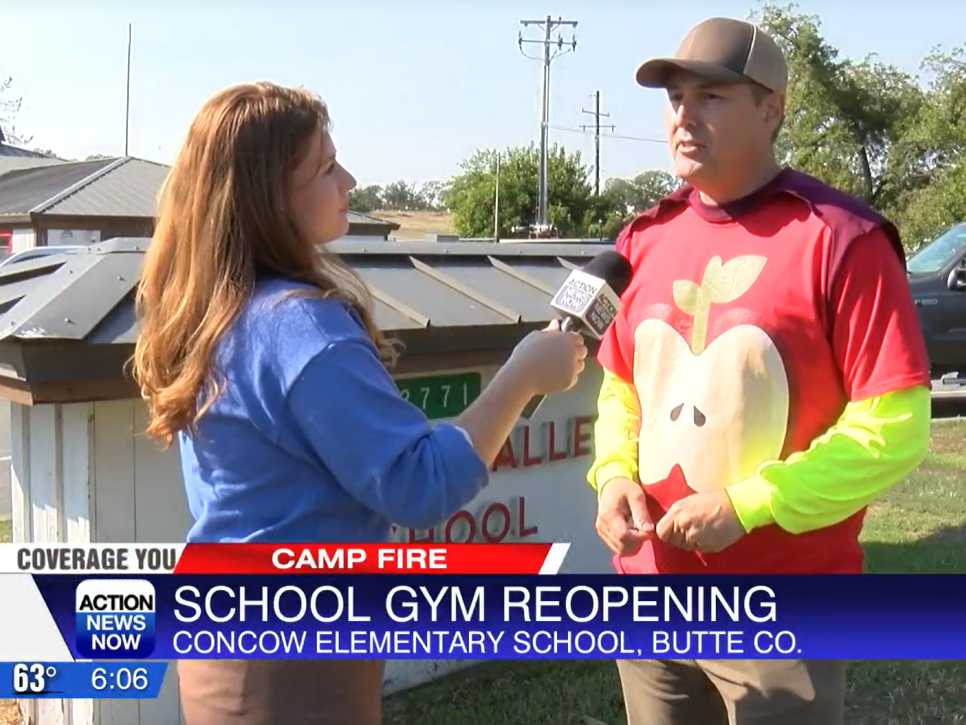I have worked with many new teachers over the past 20+ years in education serving as a superintendent / principal and teacher. It’s frustrating for new teachers who spent time and money on an education that did not fully prepare them to step into the job on day 1. One skill teachers do not have exiting the teacher credentialing program is an understanding of Student Information Systems. Academia loves to teach theory (took a lot of philosophy classes in my day) but seems to hesitate teaching raw procedures – even when it is very necessary. Here are two ways teacher preparation programs are failing our new teachers by not requiring a course on student information systems (SIS).

Teacher preparation programs do not teach teachers how to use Student Information Systems (SIS)!
Student Information Systems, or SIS for short, are used every day to track attendance, provide contact information, track discipline, and so much more. There are multiple Student Information System vendors on the market. I am most familiar with two of them – Aeries and Schoolwise. No matter the SIS vendor, it is important for all teachers to understand the basics of common systems before accepting a position. Mistakes in taking attendance not caught by a school secretary can cost the district state and federal dollars. Also, all contact information is stored in a tab in the SIS. There have been so many times someone did not know how to view all the “all contacts” link when the first number displayed does not work. There are many nuances to these systems that teachers end up learning over time but it is just a headache for new teachers to learn this while trying to land on their feet.

Teacher credentialing programs do not teach teachers how to use a gradebook!
In the past, gradebooks were standalone software or online services where now it is typically part of the Student Information System. Gradebooks are not as straightforward someone might expect. The SIS will have a gradebook section that will link to the student profile. There are important decisions surrounding the gradebook that need to be made from the start of the class. Some of these decisions should not be flippant. They should be based on research and thoughtful consideration.
Important aspects of setting up a gradebook prior to school starting:
Is the report card going to give a grade for the subject or is there a blended report card with standards. Is the report card all standards based? If so, the gradebook will need to be set up to track standards. What grade cutoffs will you use? Is 90%-100% an A? Do you give F’s? Does the district have a grading policy that must be followed? Do you not use letter grades because the children are too young? All of these settings need to be set up on the back end. Teachers should be prepared to do all of the above so they can set into any assignment for which they are qualified.
Will assignments be weighted or will assignments be worth straight points? If weighted, what is a proper weighting for class assignments, assessments, homework, etc? Will a teacher do 50% assignments, 40% assessments, 10% homework? Will it be 30% assignments, 60% assessments, and 10% homework? What does research say? A percentage for each needs to be determined to communicate that to parents and students. Teachers should prepare how assignments will be set up in their classroom with this already considered in college.
There are other technical aspects teachers will need to know. Teachers need to know all of the codes for missing assignments, teacher excused, excused, etc… How to enter and delete assignments. The list here goes on…
Adding a Student Information System (SIS) class to teacher preparation programs will reduce the learning curve for new teachers stepping in the door.
Student Information Systems are complex. Adding this amount of a learning curse to new teachers entering the profession is just not right. New teachers have enough stress without attempting to deal with how to use a SIS, how to set up a gradebook, how to find student contact information, etc… Also, by adding this course, it would set the expectation that teachers need to keep a gradebook. The gradebook should be designed thoughtfully with research and best practices in mind. Anecdotally, people outside education react with a sense of shock when they find out new teachers do not understand how to set up a gradebook, take attendance, and use basic functions of an SIS. I don’t know how many times over the course of my career I have heard: “Don’t they teach that in school?”
Would you like to discuss this topic with a school district superintendent? Feel free to schedule a call.
Josh Peete, M.Ed. Admin.
- Superintendent Productivity Boost: The Power of a Small Pocket Notebook in Education Leadership
- Inside the World of School District Superintendents: An Experienced Superintendent’s Comprehensive Insights into Roles, Responsibilities, Hiring, Qualifications, Turnover, Selection Process, Contracts, and Requirements
- Superintendent’s Guide to National Disaster Preparedness Month: Equipping Schools for Safety and Resilience
- A Superintendent’s Blueprint for Cultivating Creativity and Growth through Art during National Arts in Education Week and National Arts & Humanities Month
- The Ultimate Guide to National Crayon Collection Month by the Superintendent: Unveiling Secrets, Crayon Recycling, Landfill Impact, Creative Uses, Environmental Awareness, and More



